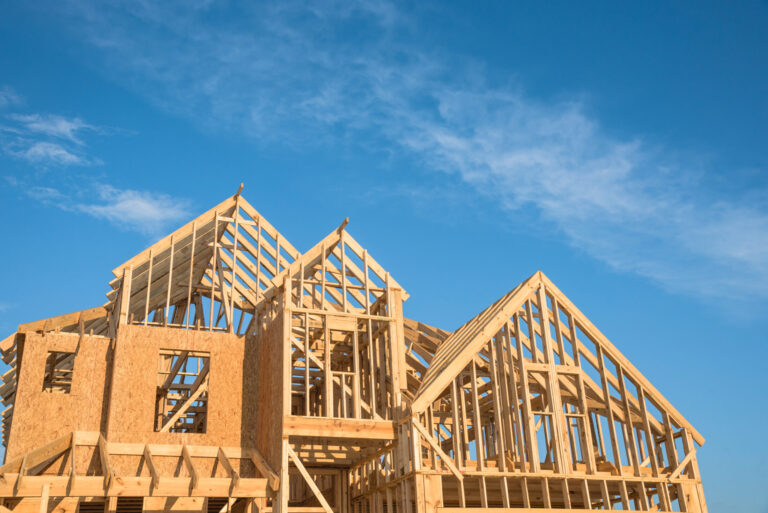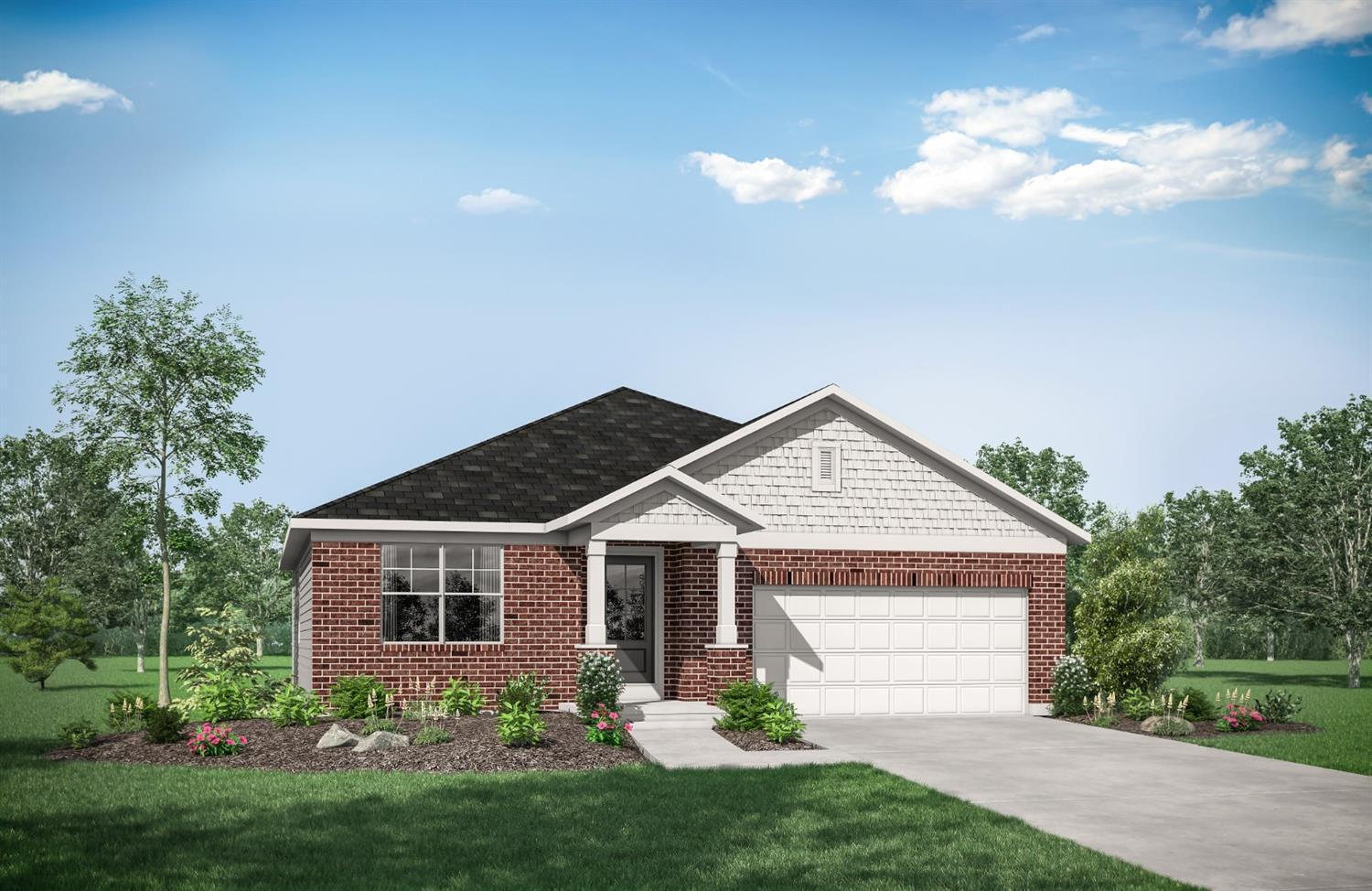Cincinnati offers tax abatements to homeowners who build a new home or renovate an existing one and it’s a great way for a homeowner to save money on property taxes.. The Cincinnati CRA Residential Tax Abatements (Community Reinvestment Area) are also available to investors for properties with four or fewer units. These tax abatements allow owners to pay taxes on the pre-improved value of their property for 10-15 years and this can amount to substantial savings and higher resale values for home sellers.
Why Does the City Offer Tax Abatements?
To stimulate community revitilazation, retain city residents, attract homeowners and reduce development costs for homeownership ad rental projects. I believe they have been successful with all of these goals. Home buyers often seek out tax abated properties and for good reason. They can save up to $562,000 per year on property taxes over 15 years with a LEED Platinum tax abatement.
Which Improvements Qualify?
Homeowners that spend as little as $2,500 on renovations can apply for a Cincinnati tax abatement. It’s best to do the maximum qualified renovations that you can afford if you are planning on applying for a tax abatement. The cost to apply is $250. New mechanicals, updating electric and plumbing, kitchen and bath renovations, structural repairs, additions, new flooring and walls all qualify. What doesn’t count? Roofing, vinyl windows, decks, driveways, landscaping, pools and painting. Please visit the City of Cincinnati website for further details. All work that requires permitting must be permitted, otherwise you can do the work yourself. Your tax abatement will start the date of the certificate of occupancy or the date the permit is closed. Tax abatements can also be applied for retroactively but the abatement starts at the date of the CO. So if you made a significant renovation on your home in 2020 but didn’t know about the program, you could apply for the abatement and it would start on the date that the work was completed or the permits were closed.There are different levels of tax abatements. There are LEED Certified Abatements (Leadership in Energy and environmental Design), which is a guideline for sustainable construction based on a point system. Choices can be made on various components to use less energy and water or temperature retention. LEED Platinum is the highest award with the most tax savings, followed by LEED Gold and LEED Silver. There is also a regular 10 year CRA abatement that doesn’t have to use those guidelines.
Homeowners that spend as little as $2,500 on renovations can apply for a Cincinnati tax abatement. It’s best to do the maximum qualified renovations that you can affford if you are planning on applying for a tax abatement. The cost to apply is $250. New mechanicals, updating electric and plumbing, kitchen and bath renovations, structural repairs, additions, new flooring and walls all qualify. What doesn’t count? Roofing, vinyl windows, decks, driveways, landscaping, pools and painting. Please visit the City of Cincinnati website for further details. All work that requires permitting must be permitted, otherwise you can do the work yourself. Your tax abatement will start the date of the certificate of occupancy or the date the permit is closed. Tax abatements can also be applied for retroactively but the abatement starts at the date of the CO. So if you made a significant renovation on your home in 2020 but didn’t know about the program, you could apply for the abatement and it would start on the date that the work was completed or the permits were closed.
There are different levels of tax abatements. There are LEED Certified Abatements (Leadership in Energy and environmental Design), which is a guideline for sustainable construction based on a point system. Choices can be made on various components to use less energy and water or temperature retention. LEED Platinum is the highest award with the most tax savings, followed by LEED Gold and LEED Silver. There is also a regular 10 year CRA abatement that doesn’t have to use those guidelines.
Can I Get a Tax Abatement in any Neighborhood?
Any home in Cincinnati in any neighborhood is eligible for a tax abatement. The neighborhoods with the most tax abatements are Hyde Park, Over the Rhine (OTR), Mt. Adams, Columbia Tusculum and Oakley. See city map for residential tax abatements. The program is not without its critics. These are wealthier neighborhoods that have higher land values and attract more investment. They are attractive to homeowners and developers alike. Half of the tax abatements in Cincinnati are for new constructions. Houses and condos both qualify, as well as multiple family homes with four or fewer units. An existing house can qualify for a LEED renovation but an existing condo will not, unless the whole building is being redeveloped. Both can apply for a regular 10 year tax abatement. You and your builder will need to work with a qualified LEED consultant if you choose to get a LEED certification.
On January 12, 2023, Mayor Aftab Purval announced changes to the tax abatements program. The city is working on improving the program to encourage investment throughout the city rather than jsut the wealthy neighborhoods that already draw significant investment. They are planning to incentivize historic renovations, sustainability and vistability. The tax abatements will be offered at three levels to different neighborhoods. Sustain, Expand and Lift. Sustain would be offered to Oakley, Hyde Park, Columbia Tusculum, Linwood, Mt. Adams, and Mt. Lookout. Sustain would offer a tax abatement for 5 years for new construction and 8 years for remodeling. The maximum would be $200,000 for new construction and $250,000 for remodels. Expand would include Clifton, downtown, Pendleton, Over the Rhine (OTR), East End, East Walnut Hills, California, Pleasant Ridge, Northside and Madisonville. Expand neighborhoods would be eligible for $300,000 tax abatements 10 years for new construction and $350,000 for 12 year abatements for renovations. Lift would include the remaining 36 city neighborhoods and would receive 15 year tax abatements for $300,000 for new construction and $350,000 for renovations. These changes will go into effect September 1, 2023.
How Do I find Tax Abated Properties for Sale?
Ask your local realtor to help you with find tax abated properties in Cincinnati. Most new construction has tax abatements and other municipalities in Greater Cincinnati also offer tax abatements. A realtor experienced with new construction or working with properties in the city of Cincinnati should be familiar with these and can provide you with a list of tax abated properties that fit your criteria. Red Knot, a local builder offers a tax abatement calculator.










